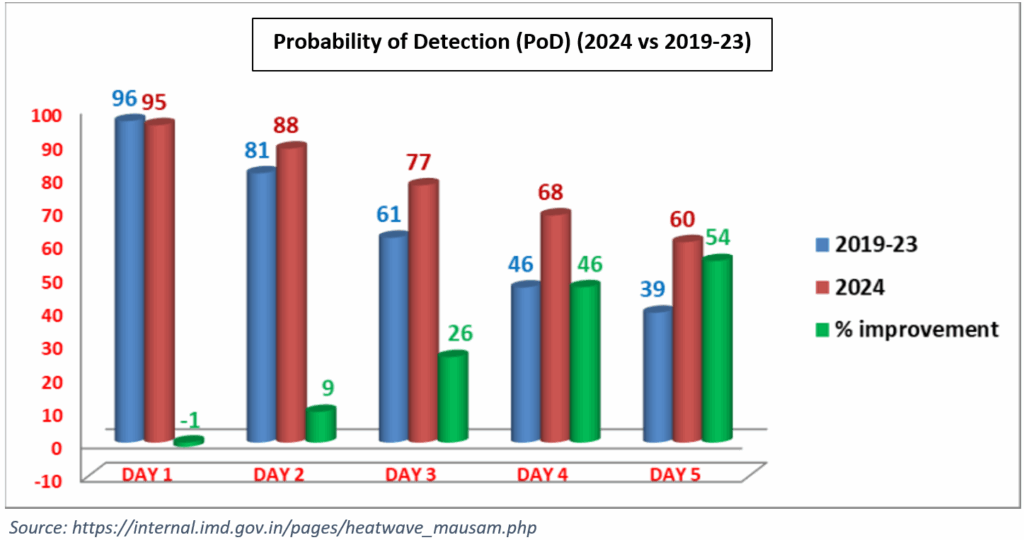By Shyamji, Master’s in Disaster Management, Tata Institute of Social Sciences, Mumbai, India
Urban Heat and Urban Heat Island is a new phenomenon which is being observed in urban settlements. It is observed when the core or centre of any urban settlement has a higher temperature than the outer periphery of that urban settlement, which causes health risks in that area. The main reasons for this kind of phenomenon can be concretisation, development of industries and changing nature of land use in the urban areas. It is nothing but the heat generated from human activities in the core region of urban areas. It is also because of cutting trees in urban settlements in the name of development. We need to tackle this problem soon because of this phenomenon, the days of heatwaves in the urban settlements have been increasing year by year, which is making the people of the area more exposed to different kinds of health risks. It is also affecting the productivity of the residents. The events of extreme heat are being observed in multiple urban settlements. Extreme heat can be seen as a silent killer which can lead us to heat strokes, dehydration, organ failure, and death. This phenomenon is getting intensified because of climate change. As in the given figure, we can see that there is a significant change in heatwave days in comparison to the last five years.
Urban heat adaptation means designing urban settlements to be more heat resilient and equitable. To do this, it becomes mandatory to include green and blue infrastructure in the development plan of an urban settlement, like trees, ponds, shaded water bodies, parks and green corridors. It is also necessary to have early warning systems and heat action plans for each urban settlement so we can easily reduce the negative impact of this phenomenon. A proper compensation policy should be introduced to help in the recovery process of the affected ones. In the adaptation part, we should focus more on the labourers and street vendors because they are more exposed to the extreme heat. If we do not focus on this issue now, it will become the deadliest disaster.
Conclusion: In conclusion, I want to say that the government should develop a heatwave action plan, which will have a proper compensation mechanism for the affected individuals, like labourers and street vendors. The government should also run the awareness programmes in the heatwave-prone regions and should prepare a guideline for the informal workers to let them know what they are supposed to do in the extreme heat situations.

Disclaimer: The views expressed in this piece are those of the author/s and do not necessarily reflect the views or policies of AIDMI.